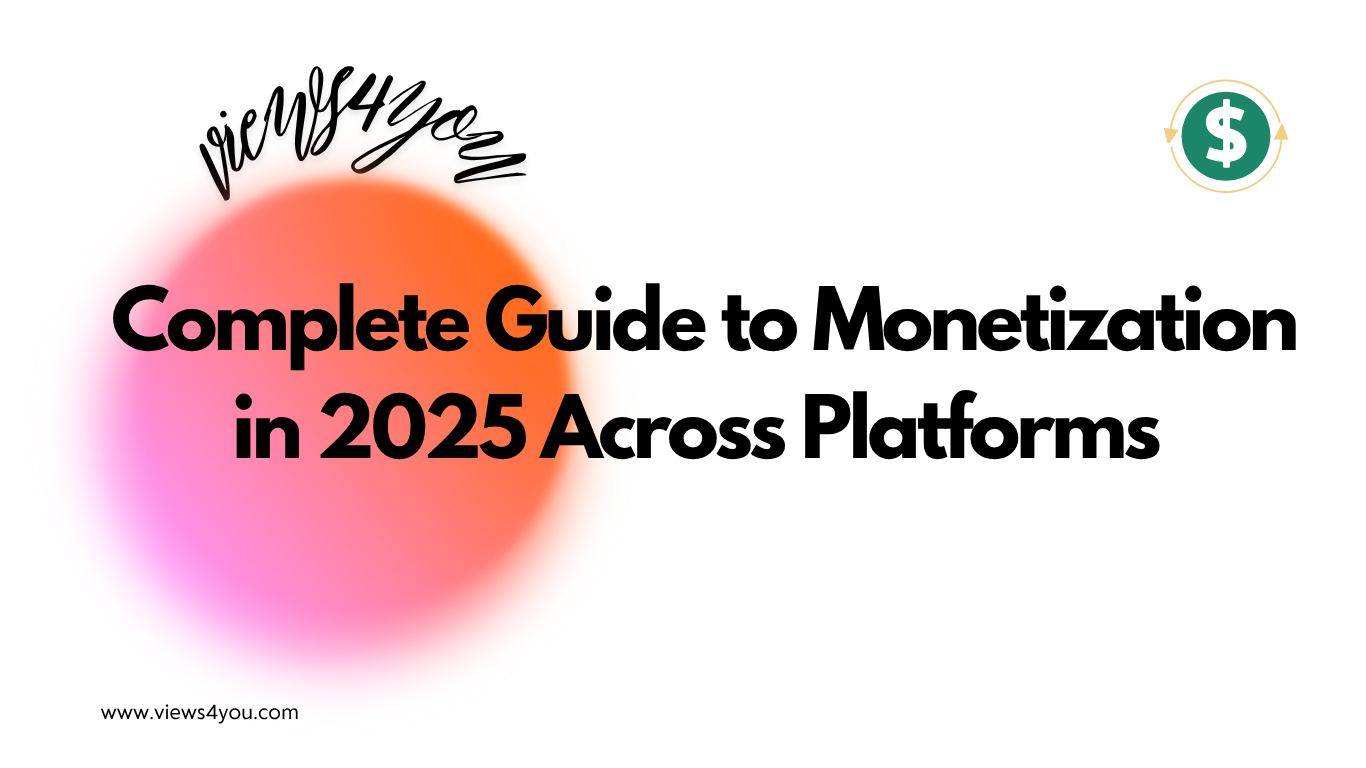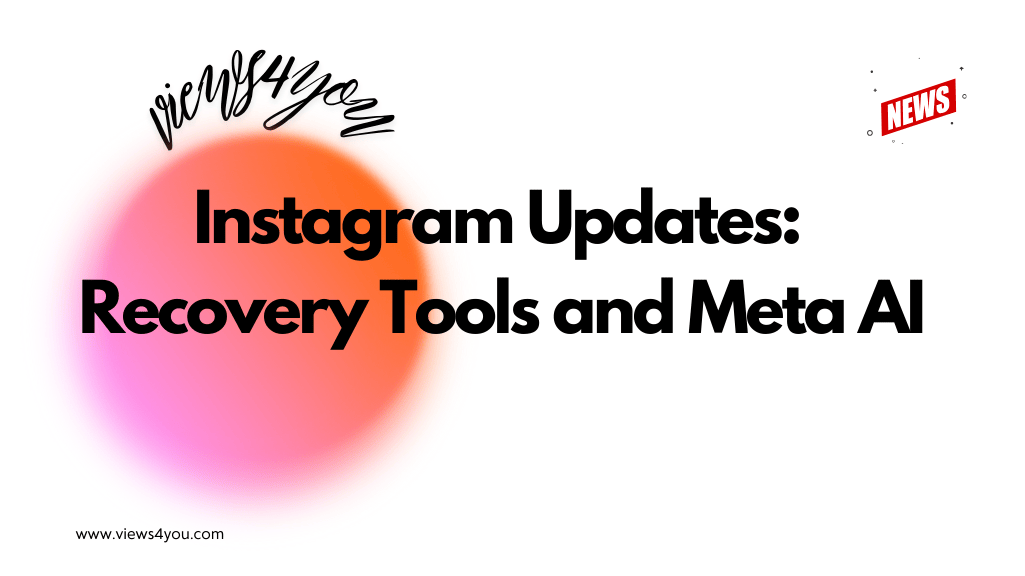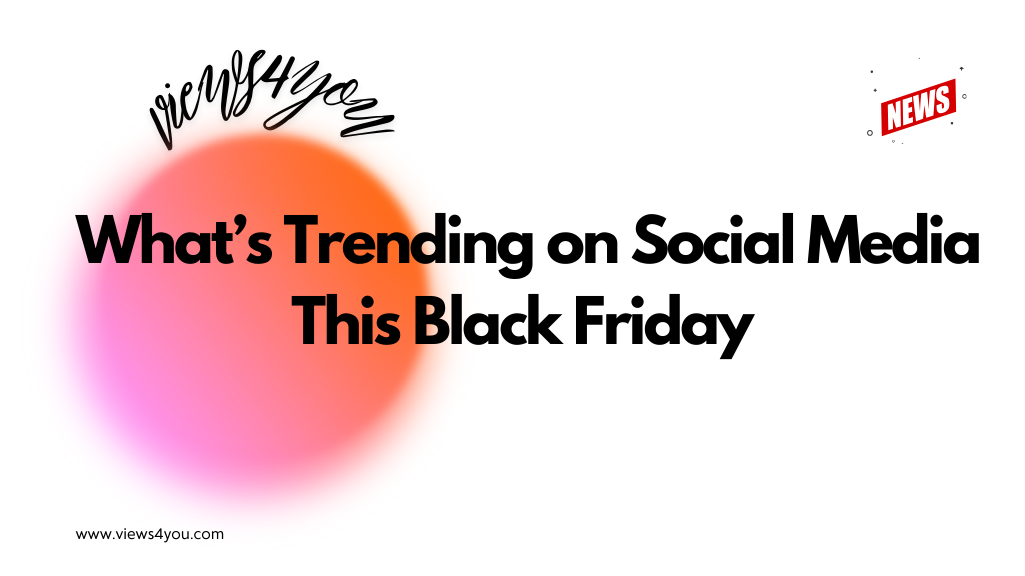Showing mistakes builds brand loyalty by increasing trust and relatability. When a brand openly admits a fault, it signals honesty and transparency, which consumers value more than perfection. This vulnerability makes the brand feel human, and people are more likely to support brands they trust—even when things go wrong.
When I first started managing a brand’s social media account, I was terrified of making a mistake. One poorly timed tweet or misworded caption felt like it could unravel everything. The pressure to be flawless was real—and exhausting. But then something unexpected happened. A typo slipped through.
The kind of error that would’ve kept me up all night. Instead, we owned it publicly, acknowledged it lightheartedly, and what followed surprised me: engagement soared. Not mockery, connection. That’s when I began to understand that showing mistakes isn’t a liability. It’s an opportunity to build loyalty.
Why Imperfection Can Build Stronger Brand Trust?
Most people don’t trust perfection. Think about it—when a brand always presents itself as polished, flawless, and overly curated, it doesn’t feel real. And in a world flooded with filters, bots, and corporate scripts, realness is rare. That rarity builds value.
When a brand admits a mistake, especially publicly, it breaks that overly polished façade. It becomes human. Relatable. And most importantly, trustworthy. Trust isn’t just built when things go right—it’s revealed in how you handle things when they go wrong.
I’ve seen brands try to spin or hide their errors. What usually follows? Screenshots, backlash, and lost credibility. Owning a mistake transparently gives you a moment of control in what would otherwise be chaos. You’re saying to your audience: “We’re not perfect. But we’re honest.” And that honesty is what earns loyalty over time.
The Pratfall Effect: Why Admitting Mistakes Works?
There’s actually a name for this dynamic, the Pratfall Effect. It’s a psychological principle suggesting that people (and by extension, brands) become more likable when they make small, honest mistakes—so long as they’re competent overall. Essentially, a little stumble makes you appear more human.
I’ve seen this play out time and again. When a brand that’s known for delivering quality service slips up and responds with humility, people forgive. Not only that—they often rally behind it. It’s counterintuitive, but it works. The mistake becomes a loyalty moment. The vulnerability makes the brand memorable.
But this only works if the mistake is acknowledged. Silence kills trust. So does deflection. The power lies in the admission.
Real Examples That Transformed Public Perception
Let me walk you through two examples that illustrate this principle clearly.
Domino’s Pizza is one of the most iconic brand turnarounds I’ve studied. In the late 2000s, their reputation had plummeted. Instead of launching a glossy rebranding campaign pretending nothing was wrong, they did something radical. They publicly acknowledged that their pizza tasted terrible, using real customer complaints in their ads. Then, they explained what they were doing to fix it. The result? Massive trust regained and a huge boost in revenue.
Another case that stuck with me: Buffer, the social media scheduling tool. When their systems were breached in a cyberattack, they didn’t hide or delay. They tweeted updates in real time, explained exactly what happened, and shared what steps they were taking. Instead of losing users, they gained advocates. People appreciated the transparency more than a slick apology video days later.
How to Show Mistakes without Damaging Your Brand?
Now you might be wondering, how do you walk the line between transparency and oversharing? It’s a fair concern. Not all mistakes are equal, and not everyone needs a spotlight. But when you do choose to address something publicly, how you do it matters more than what went wrong.
Here’s what I follow, and it’s never steered me wrong:
- Acknowledge quickly. Don’t wait for it to blow up. The sooner you speak, the more control you have over the narrative.
- Take responsibility. No passive language. No blaming algorithms, interns, or “unforeseen technical issues.” Just own it.
- Explain clearly. If the context is important, share it—but only if it adds clarity, not excuses.
- Share the fix. People want to know how you’re solving the issue and how you’ll prevent it from happening again.
- Circle back. Once the fix is in place, follow up. Let your audience know the issue didn’t just disappear into a PR black hole.
Every time I’ve handled a situation this way, I’ve seen comments shift from frustration to respect. People feel heard. They trust that if something goes wrong in the future, you’ll treat them with the same honesty.
Mistakes That Can Damage Trust If Handled Poorly
While showing mistakes can build loyalty, not every approach works. I’ve seen some truly painful missteps that did more harm than the original error.
The biggest red flag? Defensiveness. It instantly alienates your audience. If your tone reads as “we’re right, you’re overreacting,” you’ve lost them. Another misstep: over-explaining or dragging your audience through a convoluted timeline of events. Clarity beats complexity. Lastly, radio silence after an apology is a trust killer. If you go quiet after promising a fix, people assume you weren’t serious.
You don’t need to turn every mistake into a spectacle, but if you’re going to address it, make it matter. Make it human.
Using Transparency as a Strategic Advantage
Transparency doesn’t have to be reactive. I’ve found it works even better when it’s built into your brand voice. That means occasionally pulling back the curtain before things go wrong. Showing the messy middle of your process. Letting your audience in on the real journey.
If you can make people feel like they’re part of your progress—not just passive customers—they’ll stick around longer. They’ll defend you when others criticize. They’ll share your wins because they’ve witnessed your growth.
FAQs
Will admitting mistakes make my brand look unprofessional?
Not if handled with clarity and confidence. Owning a mistake signals maturity, not incompetence—especially when you offer a clear fix.
Should every brand mistake be addressed publicly?
No. Focus on those that directly impact your audience or brand perception. Internal errors or minor glitches may be resolved quietly unless they escalate.
What if admitting a mistake triggers negative press or backlash?
It might. But suppressing the truth risks a bigger fallout. Negative press is temporary; loss of trust can be permanent. People forgive mistakes—what they don’t forgive is deceit.
How can I prepare a team to respond to brand mistakes transparently?
Create a communication framework in advance. Define who speaks, how quickly, and with what tone. Practice proactive honesty in small ways so it feels natural during high-stakes moments.









